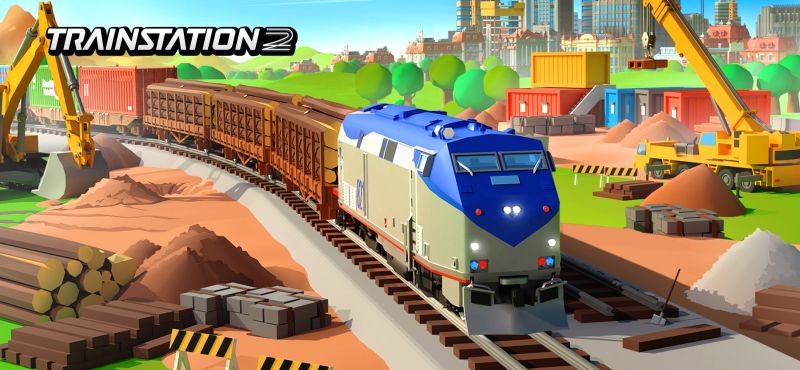

While theory is still catching up with the practice of localisation, a commonly accepted principle in the industry is that localised products should retain “the look and feel of the locally-made products” (Fry, 2003). As such, localisation practices are presenting new dimensions of translation which are not yet fully explained (O'Hagan and Ashworth, 2002 Pym, 2004). Localisation is a dynamically evolving sector, responding to the demand arising from new types of electronic content to be made global-ready.

#Trainslation game software
Software localisation is different from the traditional concept of translation in the sense that the former calls for the linguistic transfer to be combined with software engineering, as the translated strings (lines of text) need to be compiled back into the given software environment. The need for localisation emerged in order to create target market versions (also known as locales) of content in electronic form, notably computer software. GILT posits translation in the context of globalisation, which encompasses wider issues such as making products or services available to international markets, involving legal, financial, marketing and other enterprise decisions in facilitating localisation (Fry, 2003). Her publications include The Coming Industry of Teletranslation (OHagan, 1996) and Translation-mediated Communication in a Digital World (OHagan & Ashworth, 2002).ĭuring the last decade the translation industry has seen the dramatic rise of the software localisation sector which is now part of the composite industry termed GILT, short for Globalisation, Internationalisation, Localisation and Translation. Minako O'Hagan is Lecturer in Translation Technology in the School of Applied Languages and Intercultural Studies and a member of the Centre for Translation and Textual Studies at Dublin City University. She is currently working on a research project on the application of CAT (Computer-Aided Translation) tools to subtitle translations for DVDs. She is currently completing a PhD on the treatment of cultural references in the translations of the Japanese novel Botchan.
#Trainslation game series
She also teaches game localisation in the Universitat Autonoma de Barcelona and is one of the localisers of the PlayStation game series Final Fantasy into Spanish. Video games, game localisation, transcreation, software localisation, screen translation, Role Playing Games (RPGs) BIOGRAPHY: Carmen MangironĬarmen Mangiron is Lecturer in Spanish in the School of Applied Languages and Intercultural Studies and a member of the Centre for Translation and Textual Studies at Dublin City University. Using as a case study the best-selling PlayStation series, Final Fantasy, examples are presented to illustrate the challenges game localisers face, focusing particularly on linguistic and cultural issues. It examines the priorities and constraints associated with translation of this particular genre, which relies heavily on imagination and creativity to deliver a satisfactory game experience. This paper looks at the specific features of game localisation which give it its unique nature. This has brought about the emergence of a new field in translation, game localisation, which combines elements of audiovisual translation and software localisation. Although most games are developed in Japanese and English, the globalisation of popular culture and the desire to expand to new markets have led most producers to localise their games into many target language versions.

Home > Issue06 > Mangiron & O'Hagan article Game Localisation: Unleashing Imagination with 'Restricted' Translation Carmen Mangiron and Minako O'Hagan, Dublin City University, Ireland ABSTRACTįrom its humble beginning in the 1970s, the video games industry has flourished and become a world-wide phenomenon.


 0 kommentar(er)
0 kommentar(er)
